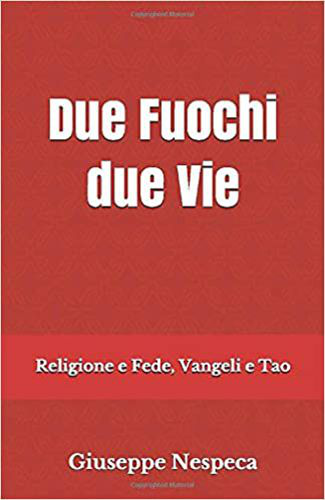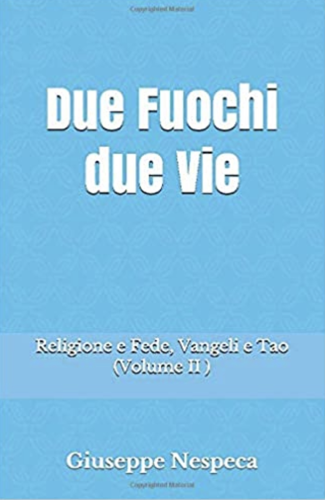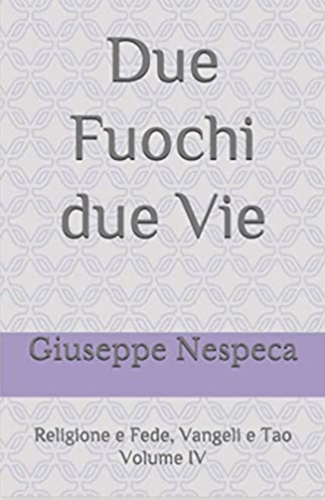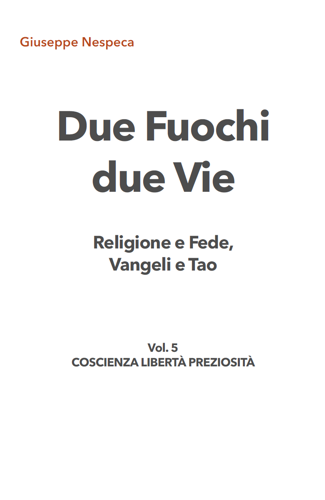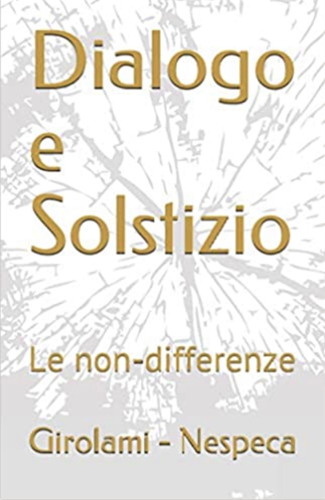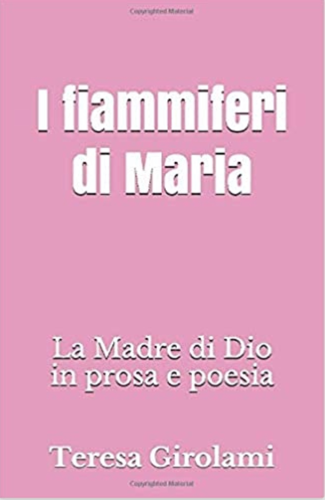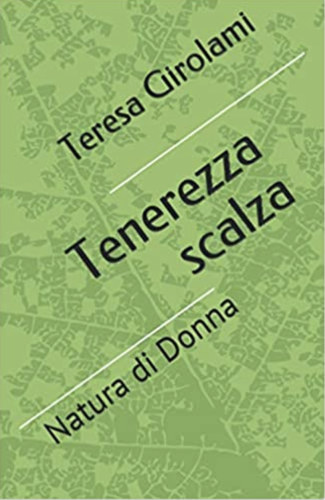[...] Meditating on the Holy Rosary's Mysteries of Light, you have climbed this hill where you spiritually relived, as the Evangelist Luke recounts, the experience of Mary from Nazareth in Galilee, who "went with haste into the hill country" (Lk 1: 39) to reach the village in Judea where Elizabeth lived with her husband Zechariah. What drove Mary, a young woman, to undertake that journey? What, above all, led her to forget herself, to spend the first three months of her pregnancy at the service of her cousin in need of help?
The response is written in a Psalm: "I will run in the way of your commands when you enlarged my understanding" (Ps 119[118]: 32). The Holy Spirit, who makes the Son of God present in Mary's flesh, enlarged her heart to God's dimensions and urged her along the way of charity.
The Visitation of Mary is understood in light of the event that immediately preceded it in Luke's account in the Gospel: the Annunciation of the Angel and the conception of Jesus by the work of the Holy Spirit. The Spirit descended upon the Virgin, the power of the Most High overshadowed her (cf. Lk 1: 35).
That same Spirit impelled her to "rise" and depart without hesitation (cf. Lk 1: 39) in order to help her aged relative. Jesus had just begun to form himself in the womb of Mary, but his Spirit had already filled her heart so that the Mother was already beginning to follow her divine Son. On the way that leads from Galilee to Judea it was Jesus himself who "urged" Mary on, instilling in her a generous desire to go to the aid of her neighbour in need, the courage not to put her own legitimate needs, difficulties, worries, the dangers to her own life first. It is Jesus who helped her to overcome everything, allowing her to be guided by faith that works through charity (cf. Gal 5: 6).
Meditating on this mystery we see why Christian charity is a "theological" virtue. We see that the heart of Mary is visited by the grace of the Father, is permeated by the power of the Spirit and interiorly compelled by the Son; that is, we see a perfectly human heart inserted into the dynamism of the Most Holy Trinity.
This movement is charity, which is perfect in Mary and becomes the model of the Church's charity, a manifestation of Trinitarian love (cf. Deus Caritas Est, n. 19).
Every gesture of genuine love, even the smallest, contains within it a spark of the infinite mystery of God: the attentive concern for a brother, drawing near to him, sharing his need, caring for his wounds, taking responsibility for his future, everything to the last detail becomes "theological" when it is animated by the Spirit of Christ.
May Mary obtain for us the gift to know how to love as she knew how to love. To Mary we entrust this singular portion of the Church that lives and works in the Vatican; we entrust to her the Roman Curia and the institutions connected to it, so that the Spirit of Christ may animate every task and service.
From this hill we extend our glance to Rome and to the entire world, and we pray for all Christians, so that they may say with St Paul: "the love of Christ urges us on", and with the help of Mary may they be able to spread the dynamism of charity in the world.
Again, I thank you for your dedication and warm participation. Take my greetings to the sick, the aged and everyone dear to you. To all I heartily impart my Blessing.
[Pope Benedict, 31 May 2007]





